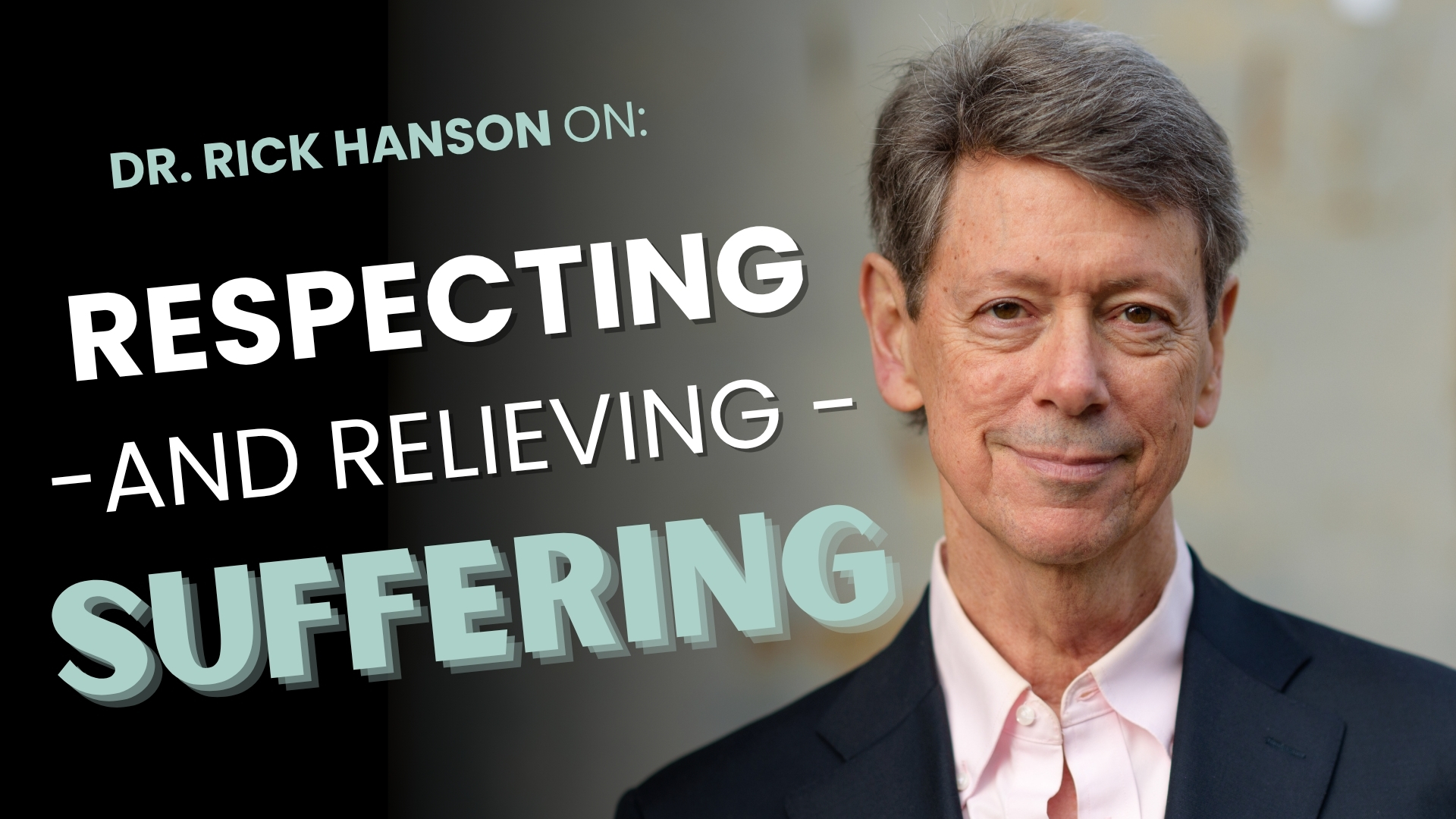(Emotional) life is great when we feel enthusiastic, contented, peaceful, happy, interested, loving, etc. But when we’re upset, or aroused to go looking for trouble, life ain’t so great.
To address this problem, let’s turn to a strategy used widely in science (and Buddhism, interestingly): analyze things into their fundamental elements, such as the quarks and other subatomic particles that form an atom or the Five Aggregates in Buddhism of form, feeling (the “hedonic tone” of experience as pleasant-neutral-unpleasant), perception, volitional formations, and consciousness.
We’ll apply that strategy to the machinery of getting upset. Here is a summary of the eight major “gears” of that machine – somewhat based on how they unfold in time, though they actually often happen in circular or simultaneous ways, intertwining with and co-determining each other.
The point of this close analysis, this deconstruction, is not intellectual understanding or theory, but increasing your own mindfulness into your experience, and creating more points of intervention within it to reduce the suffering you cause for yourself – and other people.
This will be more real for you if you first imagine a recent upset or two, and replay it in your mind in slow motion.
Appraisals
• What do we focus on, what do we pick out of the larger mosaic?
• What meaning do we give the event? How do we frame it?
• How significant do we make it? (Is it a 2 on the Ugh scale . . . Or a 10?)
• What intentions do we attribute to others?
• What are the embedded beliefs about other people? The world? The past? The future?
• In sum, what views are we attached to? -> Mainly frontal lobe and language circuits of left temporal lobe.
Self-Referencing
• Upsets arise within the perspective of “I.”
• What is the sense of “I” that is running at the time? Strong? Weak? Mistreated?
• Are you taking things personally?
• How does the sense of self change over the course of the upset (often intensifying)? -> Circuits of “self” are distributed throughout the brain.
Vulnerabilities
• We all have vulnerabilities, which challenges penetrate through and/or get amplified by (moderated by inner and outer resources).
• Physiological: Pain, fatigue, hunger, lack of sleep, biochemical imbalances, illness.
• Temperamental: Anxious, rigid, angry, melancholic, spirited/ADHD.
• Psychological: Personality, culture, effects of gender, race, sexual orientation, etc. -> Depending on its nature, a vulnerability can be embodied or represented in many ways.
Memory
• Stimuli are interpreted in terms of episodic memories of similar experiences.
• And in terms of implicit, emotional memories or other, unconscious associations. (Especially trauma)
• These shade, distort, and amplify stimuli, packaging them with “spin” and sending them off to the rest of the brain. -> Hippocampus, with other memory circuits.
Aversion
• The feeling tone of “unpleasant” is in full swing at this point, though present in the previous “gears” of survival reactivity.
• In primitive organisms – and thus the primitive circuits of our own brain – the unpleasant/ aversion circuit is more primary than the pleasant/approach circuit since aversion often calls for all the animal’s resources and approaching does not.
• Aversion can also be a temperamental tendency.
• The Buddha paid much attention to aversion – such as to ill will – in his teachings, because it is so fundamental, and such a source of suffering. -> Involves the limbic system, especially the amygdala.
Bodily Activation
• The body energizes to respond; getting upset activates the stress machinery just like getting chased by a lion.
• Sympathetic nervous system (fight-or-flight).
• Hypothalamus-pituitary-adrenal (HPA) axis.
• All this triggers blood to the large muscles (hit or run), dilates pupils (see better in darkness), cascades cortisol and adrenaline, increases heart rate, etc.
• These systems activate quickly, but their effects fade away slowly.
• There is much collateral damage in the body and mind from chronically “going to war.”
Negative Emotions
• Emotions are a fantastic evolutionary achievement for promoting grandchildren.
• Both the prosocial bonding emotions of caring, compassion, love, sympathetic joy . . .
• And the fight-or-flight emotions of fear, anger, sorrow, shame.
• Emotions organize, mobilize the whole brain.
• They also shade our perceptions and thoughts in self-reinforcing ways.
Loss of Executive Control
• The survival machine is designed to make you identify yourself with your body and your emotional reactions. That identification is highly motivating for keeping yourself alive!
• So, in an upset, there is typically a loss of “observing ego” detachment, and instead a kind of emotional hijacking – all facilitated by neural circuits in which amygdala-shaped information gets fast-tracked throughout the brain, ahead of slower frontal lobe interpretations.
• With maturation (sometimes into the mid-twenties) and with experience, the frontal (especially prefrontal) cortices can comment on and direct emotional reactions more effectively.




